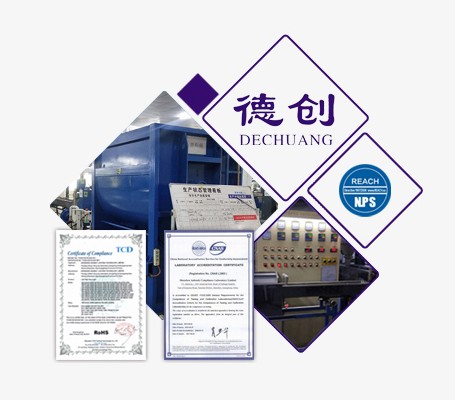TPE Encapsulated ABS Hardness 35-90A
TPE material refers to thermoplastic elastomer material modified by blending based on SEBS. TPE materials are the general designation of thermoplastic elastomer materials (including TPU,TPR,TPV,TPEE, etc.), and TPE usually used for encapsulation belongs t
Contact 138 2720 9711
Product details
TPE material refers to thermoplastic elastomer material modified by blending based on SEBS. TPE materials are the general designation of thermoplastic elastomer materials (including TPU,TPR,TPV,TPEE, etc.), and TPE usually used for encapsulation belongs to polystyrene TPE elastomer. TPE elastomers have the characteristics of rubber, but the physical properties and hardness can be flexibly changed by adjusting the formula. Therefore, TPE elastomers are widely used. Because TPE has the elasticity of rubber, but the hardness can be adjusted at Shore hardness of 0~100 degrees, thus providing a variety of possible choices for different material requirements of users. TPE has excellent soft touch and skid resistance. Therefore, TPE is often combined with other plastics such as PP,ABS,PC,PA,PC/ABS, etc. for injection molding, glue coating and injection molding to improve the use comfort of products. With the in-depth development of TPE industry and the improvement of consumer demand, the compound injection molding of TPE materials and hard plastics is increasingly widely used. Such as sports equipment, electronic appliances, daily products, medical products, auto parts, hardware tools, etc.
Several Key Points of TPE Encapsulated ABS;
1. The TPE formula must contain components that are compatible or sticky with ABS, that is, not every brand of TPE coated with ABS can be used.
2, secondary injection molding processing temperature. The injection temperature must ensure that the material is fully plasticized to achieve the fluidity required for injection molding. At the same time, the activity of the ABS compatilizer in the TPE formula is increased, and the TPE and the ABS can penetrate each other at the encapsulated contact interface within a few tens of seconds, so that the TPE and the ABS can be firmly bonded. Here, one is to have compatilizer in TPE formula and the other is to have sufficient injection temperature. Both are indispensable. The specific secondary injection temperature is related to the molecular weight of TPE substrate, product design, equipment model, etc. Refer to the injection molding temperature range of 170~230℃.
3. Surface cleanliness of ABS products, preheating of TPE materials before processing, and selection of toner or color masterbatch also have certain effects on the package adhesiveness of TPE and ABS, but they are all secondary factors.
4. Product design. A brief point mentioned here is to pay attention to the thickness design of TPE components. The thickness is generally 0.5 ~ 3 mm. If the size is too thick, the flow of TPE materials will be affected, resulting in product defects of lack of glue and poor adhesion.




